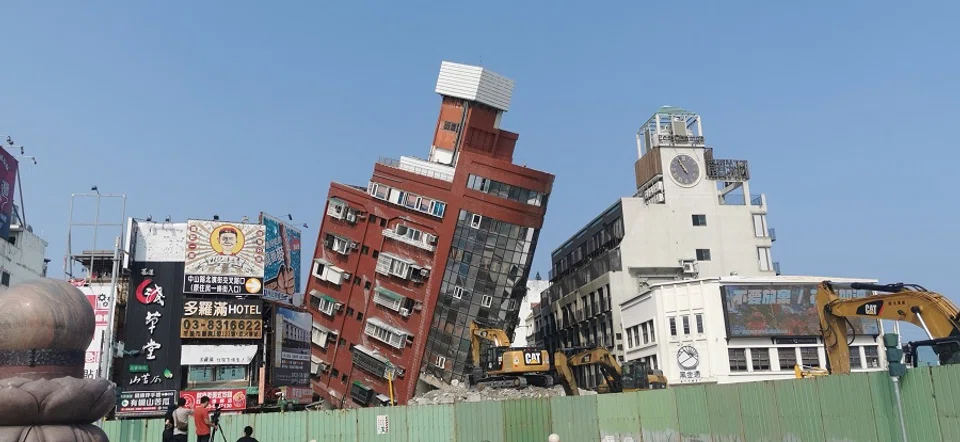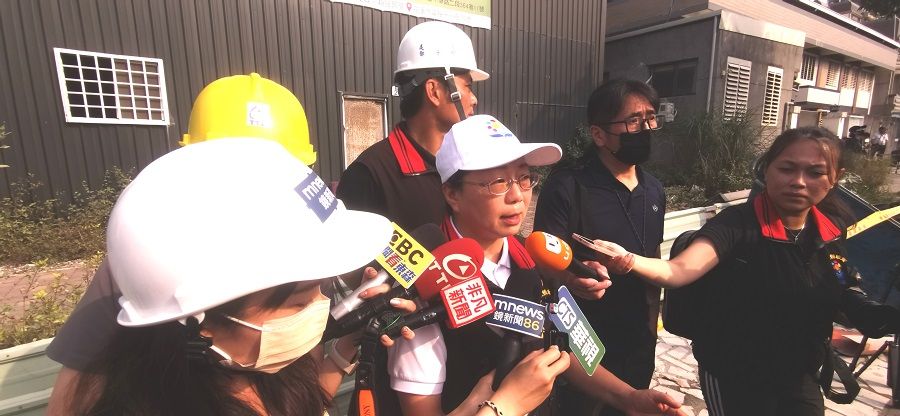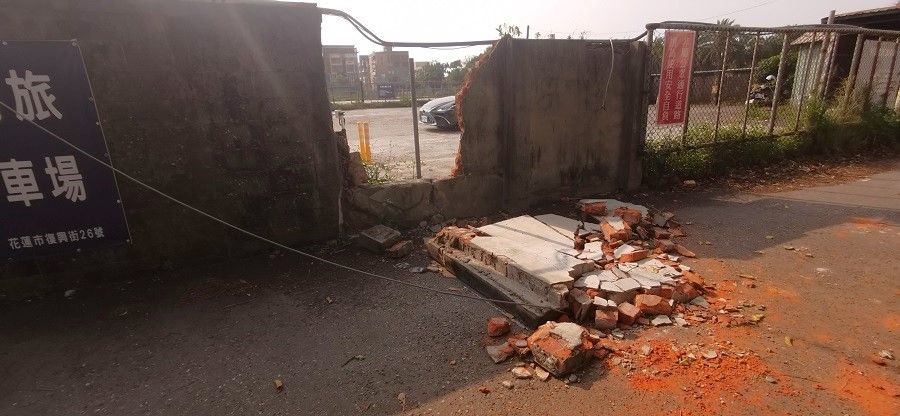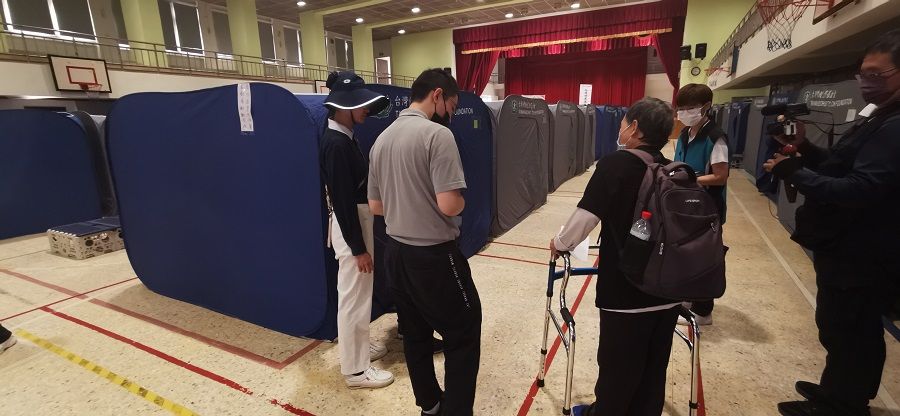Correspondent in Taiwan: Hualien after the earthquake

(Photos: Woon Wei Jong/SPH Media)
After a magnitude 7.2 earthquake struck off the coast of Hualien at 7.58am on 3 April, the Central Weather Administration's Seismology Center revealed at a press conference on 4 April that a total of 387 aftershocks have been recorded as of 4pm that same day, of which 106 were strong enough to be felt. However, the frequency of the aftershocks are steadily decreasing.
Many roads and buildings have been damaged, and the county is now busy repairing roads, demolishing unsafe buildings and rescuing displaced residents. Hsu Chen-wei, the magistrate of Hualien county, said post-disaster reconstruction will be a drawn-out challenge and emphasised the need to rope in the resources of all parties to rebuild a safe place for the displaced and help them find their way home.
The local government reported that 176 buildings across the county have been damaged. The beams of 21 of those buildings are severely damaged and would require repair works or demolition, including two severely tilted residential buildings near the popular Dongdamen Night Market: a five-storey building on Beibin Street and the nine-storey Uranus Building on Xuanyuan Road.

Hsu told local and foreign media at the site of the severely damaged Beibin Street building on the morning of 4 April that the building was in danger of tipping over and could endanger public safety and the residents next to it. Thus, they decided to demolish the building overnight and to rehome the occupants. The local government also announced that evening that it would start to demolish the Uranus Building on the afternoon of 5 April.
While displaced residents are anxious about the future, the government and public can only offer temporary shelter, and it is thus more crucial to further provide rental subsidies so that they can move forward with peace of mind. - Hsu Chen-wei, Magistrate, Hualien county
Support needed from government and various parties
Hsu told Lianhe Zaobao at the disaster site that Hualien lies along a seismic belt and has always stressed disaster prevention drills and the improvement of relevant regulations. Having experienced numerous earthquakes, Taiwan's disaster resilience has also improved. However, she repeatedly stressed that post-disaster reconstruction would still require support from the government and various parties.
She said it is difficult to use public funds when residential homes are destroyed, and that it is necessary to rope in support from the masses to help them. While displaced residents are anxious about the future, the government and public can only offer temporary shelter, and it is thus more crucial to further provide rental subsidies so that they can move forward with peace of mind.

At the disaster relief press conference in the afternoon, Hsu announced that government allocated funds and donations both domestic and overseas have kept coming in, and thus they would provide various disaster relief grants and funds from well-wishers for eligible victims of the disaster to apply for and receive help to tide them over this ordeal.
However, there are still many damaged buildings in Hualien with falling concrete stones. The collapse of the Daqingshui Tunnel which runs through the Central Mountain Range connecting the east and west areas, as well as sections of the "Su'ao-Hualien Improvement Project (Suhua Project)" connecting the northern Yilan coastline which were halted due to landslides, have made land transportation exceedingly inconvenient for the people of Hualien.
Hualien is an area focused on agriculture and tourism, and the transport of fruits and vegetables would have to make a large detour southwards to reach the northern areas... - Hsu
Action by authorities
Hsu said Hualien is an area focused on agriculture and tourism, and the transport of fruits and vegetables would have to make a large detour southwards to reach the northern areas; even on the day of the earthquake, when the mayor of neighbouring northern city Keelung George Hsieh arranged for search and rescue teams to help with disaster relief, the team had to take a roundabout route heading south in order to reach Hualien. Hence, Hualien urgently needs national resources to rebuild roads, and to construct a comprehensive highway network so as to provide a safe way home for its residents.

To settle disaster victims in Hualien, the authorities opened up the campuses of several elementary and middle schools, hostels and activity centres as disaster relief shelters. As of 4 April, 213 people have sought refuge at these shelters.
Of these shelters, the largest one would be the "care and relief station" at Zhonghua Elementary School in Hualien City, which has taken in 128 people. When this reporter visited the site, the disaster victims were all sheltered in tents set up in the school hall, with volunteers on site to provide sufficient resources, help settle victims for temporary stay, and restore operations to local consultation and emergency assistance.
Hendri Sutrisno, 30, an Indonesian assistant professor at National Dong Hwa University's Department of Information Management, said that when the earthquake hit, the television at his seventh storey apartment fell and broke, and the glass windows were shattered as well. He hid under the table together with his wife and daughter. They later escaped outdoors, before returning home hastily to retrieve their mobile phones, wallets, credit cards and basic clothing, and then headed to the shelter for temporary lodgings.

Sutrisno expressed gratitude at having a bed to sleep on at the shelter and not having to worry about food, with the caring volunteers providing supplies and sustenance - even milk powder for his baby - and helping them settle down amidst the chaos.
This article was first published in Lianhe Zaobao as "大地震后的花莲 忙拆楼修路 安顿灾民".
